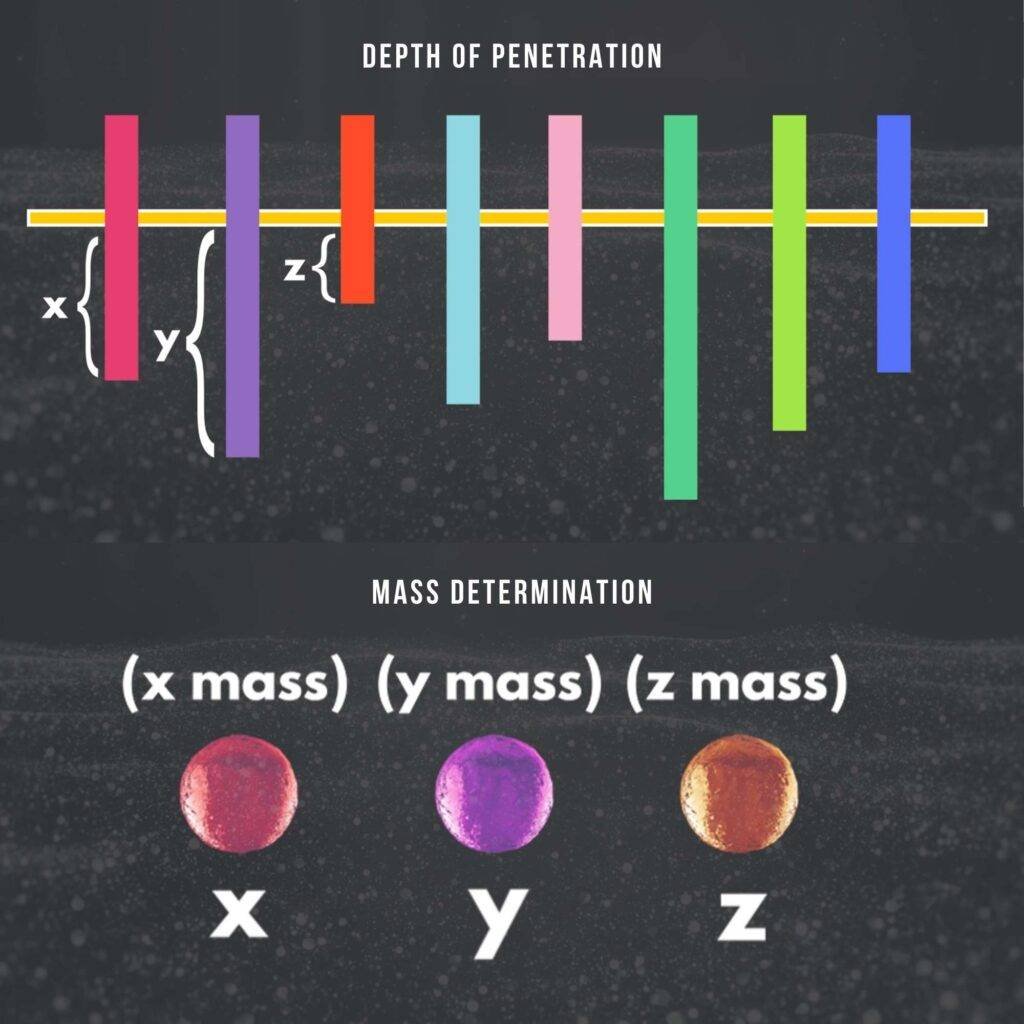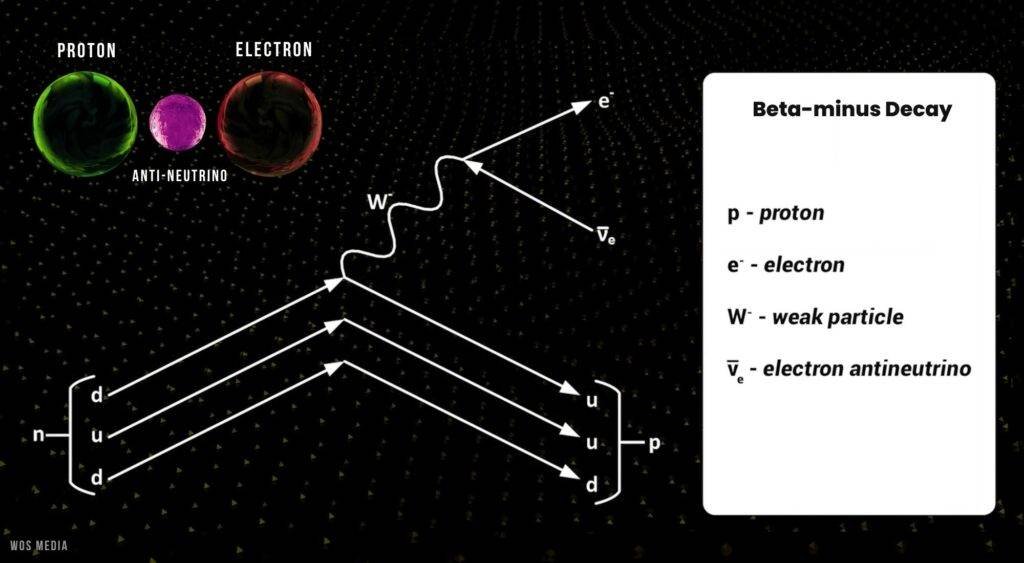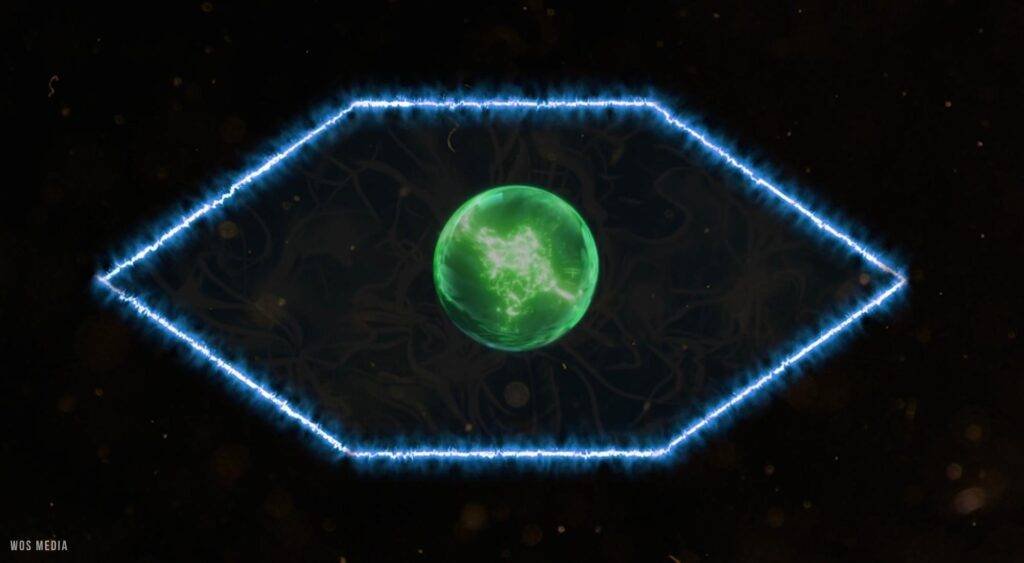Antimatter 101: Why is antimatter so strange?
- Team WOS
- 10 Mins Read
WOS is supported by its audience. When you purchase through links on our site, we may earn an affiliate commission “from advertisers”, while you don’t need to pay in addition.
What is antimatter and how does it differ from normal matter? Watch this video for a better understanding.
First half of the 20th century
During the first half of the 20th century, after the postulation of quantum mechanics, a new branch of physics started being popular, known as particle physics. Scientists were searching for new particles popping up during various experiments. Many scientists were setting camps up above the mountain peaks because some particles, like muons, having a low lifetime, don’t have enough time to reach the surface of the Earth.
At the beginning of the 1930s, some physicists got some disturbing results while detecting new particles. This new particle was showing exactly the opposite property to that of normal particles observed in the universe. They were confused about whether it was the fault of machines or some human error. Later on, it was found out that for each particle, there is an opposite counterpart known as an anti-particle. So what are these anti-particles and how do they differ from normal matter?
Two Pillars Of Physics
Up to that period, theoretical physics was standing on two pillars: Relativity and Quantum Physics. Quantum mechanics deals with the energy and momentum of quantum particles. Each quantum particle moves within the four-dimensional framework of space-time and thus it was necessary to incorporate the theory of space-time which is the Special theory of relativity with quantum mechanics.

Depending upon the mass and energy of the particles, they penetrate the target, and the difference in the depth of penetration is interpreted as different mass.
English physicist and genius, Paul Dirac, did this in 1928 and devised the famous Dirac equation. What’s surprising from the Dirac equation is that along with positive energy states, it also mathematically showed the existence of negative energy states. Dirac wanted to make sense of mathematics and thus he applied the theory of electrons and holes to explain this mathematical anomaly.
Negative energy states can be understood as the absence of particles rather than the presence of particles with negative energy. No one could have made this assumption at that time. But only 4 years later C.J. Anderson while doing a particle detection experiment found something very strange. Particle detection simply involves a target object and a particle is made to hit on them.
Depending upon the mass and energy of the particles, they penetrate the target, and the difference in the depth of penetration is interpreted as different mass thus using the parameter of the depth of penetration we can find different particles with different masses. Also, the target object is placed in an Electro-magnetic field so that the particles hitting the object follow a path towards the opposite charge.
The "Anomaly"
C.D Anderson found out that some particles are following exactly opposite paths with respect to the path of the electron. Suppose, if an electron was moving towards the positive face, the anomaly was moving towards the negative face.

This physically deviated energy signature was not any machine error but a real particle with an opposite charge with respect to the electron.
This result was not a single occurring event and was later found out that there were many instances in various laboratories but were ignored as human or machine error. But after the Dirac equation, things were about to make sense. This physically deviated energy signature was not any machine error but a real particle with an opposite charge with respect to the electron.
Electrons are negatively charged thus moving towards the positive face, so this new particle must be positively charged as it is moving towards the negative face. Also, in both cases the depth of penetration is the same, thus they have the same masses.
Thereby, we have a new particle with the same mass as that of electrons but positively charged. This new particle is the antiparticle of the electron and since it carries a positive charge, it was named Positron.
Matter-Antimatter Asymmetry
The universe is a collection of positive and negative particles in order to follow the conservation of energy but we see only normal matter all around the universe. This is called Matter-antimatter asymmetry. We have explained a few probable reasons for this asymmetry in this detailed video.
The solution to this asymmetry is still a matter of research but the presence of antimatter is not only theorized but has been experimentally observed.
Each particle and its counterpart antiparticle when combined together, completely annihilate each other and release energy in the form of photons, gamma radiation, and neutrinos.
Can we produce Antimatter?
Well, Antimatter is often produced naturally in space. During the radioactive decay of heavier isotopes, positrons are produced in large amounts. Breaking down neutrons into protons and electrons also produces a few anti-neutrinos. Anti-neutrinos are a common occurrence in the Beta decay of radioactive processes.

Breaking down neutrons into protons and electrons also produces a few anti-neutrinos.
Another occurrence of anti-particles is associated with cosmic rays. They are highly energized rays consisting of gamma radiation that travel at the speed of light throughout the universe. When the cosmic ray strikes the atmosphere of the earth or any planet, it ionizes the gases and produces a stream of particles such as the production of anti-proton in the Van Allen radiation belt. Thus the production of antimatter is often natural.
But we can also produce it artificially. A major amount of budget has been spent on the production of anti-particles in the particle colliders. One of the methods of the production of anti-particle is hitting the high-speed electron on the gold target.
Usually, the target particle is taken by the element with a high atomic mass. When an electron hits the nucleus of the target it gets energized, which leads to the production of photons. This photon goes through the decay process and decays into a proton-antiproton pair. Thereby, the law of conservation of energy gets satisfied.
Another method involves high accelerating protons that are made to collide with a heavy nucleus. The kinetic energy gained during the process leads to the formation of a proton-antiproton pair. Experimentally the production of anti-neutrons has been observed from the collision of two high-energy protons. In 1995, CERN successfully produced the negative counterpart of hydrogen known as anti-hydrogen.
Uses of Antimatter
It really costs a lot to produce anti-particles. To produce just 10 milligrams of positron, we need $250 million and this is nothing compared to the production of 1 gram of antihydrogen which would cost $62.5 trillion. But the production of anti-particles can be very beneficial, like in medical application of treatment of cancer or production of advanced level weapon systems.
The very fundamental property of an antimatter particle is that it annihilates when combined with the matter. This annihilation event produces a huge amount of energy that can be used as fuel for propulsion in futuristic space vehicles.
How do we store antimatter?
Ok now we have produced the anti-particles, and classified them to use in a particular application but where do we store them? As we know, the meeting of antimatter and matter is catastrophic, so it is common sense that we cannot store the antimatter in our normal containers.

The most suitable method used to store antimatter is the use of vacuum and magnetic traps.
Usually, the particles like antiprotons are stored at a very low temperature and dispersed in the electron plasma. But the most suitable method used to store antimatter is the use of vacuum and magnetic traps.
Charged antimatter particles such as positrons and antiprotons can be held in devices called Penning traps. These are comparable to tiny accelerators. Inside it, particles spiral around as the magnetic and electric fields keep them from colliding with the walls of the trap. But Penning traps won’t work on neutral particles such as antihydrogen.
Because they have no charge, these particles cannot be confined by electric fields. Instead, they are held in Ioffe traps, which work by creating a region of space where the magnetic field gets larger in all directions. The particle gets stuck in the area with the weakest magnetic field, much like a marble rolling around the bottom of a bowl.
Nature is filled with facts incomprehensible to the human mind and antimatter is one of them. Can there be a future when we will produce a large amount of antimatter that could propel huge spaceships out of this planet and could run power throughout the Earth for years? We can hope and try to find solutions to produce it efficiently.
What are your thoughts about antimatter? Let us know in the comments.
Share this article
Team WOS
Share this article
Neil deGrasse TysonThe Universe is under no obligation to make sense to you.
Latest posts
We have learned many partial truths and some remain with us even when we are studying higher courses. Let’s look up such partial truths that are very common...
How do the animals and birds view the world around them? Do they perceive everything just like a human? Let's understand the basic anatomy of the eyes of...
What will the conditions be for the human body in space? How much difference a human being would feel while being in space? Space is scary and lonely, and conditions are...
Here is a list of the best science books that'll take you deep into the ocean of science. Books fueled the mighty revolutions in human history and produced...
World's most renowned scientists think that the cosmos has quantum consciousness. First of all, what exactly is consciousness? Scientists are actively engaged experimental tests of these ideas. One approach is to study brain-impaired patients to see if their information...
Trending Articles
The animal kingdom has evolved from unicellular organisms to gigantic dinosaurs and intelligent social animals, like us, Human beings! Throughout this evolutionary history, different species have left some characteristics or gained something new depending upon
The universe is filled with breathtaking views, shiny stars, glowing galaxies, pulsating magnetars, dark wandering planets, and whatnot. Let us take a trip to some magnificent and best travel spots in the solar system.
What will the conditions be for the human body in space? How much difference a human being would feel while being in space? Space is scary and lonely, and conditions are...
Climate has changed in the past on its own but modern pollution has been its severe accelerator. Let’s look at some of the huge disasters that happened in the past few years due to climate change.
You have heard of the ambitious dream of Elon Musk to colonize Mars in the coming decade. Well, many people ask what this fascination with Mars is? Why not...
Is Pluto a planet or not? The debate over its classification rages on, with some scientists advocating for a return to its original status. The controversy over Pluto's planetary status raises larger questions about how we define and categorize objects in space













